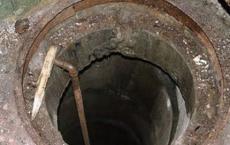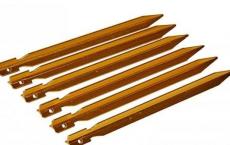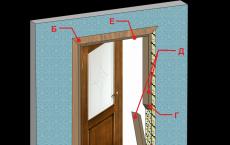How to properly lay paving slabs
Most owners of new, and not only new houses, want their site, and especially the yard, to look modern and sophisticated.
It should be taken into account that despite the tight-fitting pavement seams, the base is impregnated with water.
You can ennoble your home with the help on the site, an additional plus is that by choosing paving stones of various textures and patterns, you give individuality to your yard and the surrounding area.
After reading the rules for laying paving slabs compiled by us, you will no longer have most of the questions regarding the rules for high-quality paving paving stones on your site. The technological process of laying is not very complicated, and, armed with all the necessary tools and having prepared the territory with high quality, you can proceed directly to paving paving.
Materials and tools for laying paving stones
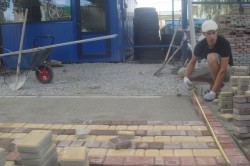
For the carrier layer, a frost-resistant, uniform grain material should be used.
For laying paving slabs, we need the following tools:
- Master OK.
- Building level.
- Stakes with a cord.
- Rubber mallet and wooden mallet.
- Broom and rake.
- Metallic profile.
- Manual rammer.
- Watering hose.
The whole tool belongs to the category of inexpensive and will be affordable for any owner. From the building material for laying paving stones, you should stock up on the necessary items according to the following list:
- River sand.
- Crushed stone or gravel of fraction from 10 to 50.
- Construction cement grades M-400 or M-500. You can replace cement with a dry plaster mix.
- Reinforcing mesh with cells 50x50 mm.
- : for tracks - 50-60 mm thick, for car parks - 70-80 mm.
Back to index
The sequence of work
To begin with, you should make a drawing of the work site, taking into account the mosaic and the color of the paving stones, according to this plan, the amount of required building material is calculated. Further, depending on the thickness of the tile, a crushed stone or concrete base is made. First of all, at the place of laying paving slabs, the sod is removed to a depth of 15-20 cm, and the site itself is cleared of the remaining roots, weeds and large stones.
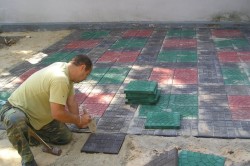
A layer of sand 3-5 cm thick is applied as an underlying layer.
The next stage is the layout of the site, taking into account the slope. This is necessary for a good runoff of melt and rainwater, if necessary, drainage should be arranged. After that, the territory is compacted by any of the known methods, as well as digging grooves for curbs. Please note that only a carefully prepared area will ensure long-term and trouble-free service of paving stones, while your paving slabs should look perfect and without subsidence throughout the entire area.
After our base is ready, a pillow of crushed stone 10-15 cm thick is poured, this layer needs to be leveled and tamped, then you need to pour a layer of crushed stone of the same thickness again and tamp it again. To check how smooth the pillow turned out, you need to use the building level. After laying out the pillow, the territory is watered with water from a hose with a diffuser 3-4 times. Please note that if you immediately put a thick layer of rubble, it will be very difficult to compact it, so we recommend dividing this process into two stages.
It is not worth rushing to continue work directly on the site where paving slabs are laid. The pillow should stand for a day, so that all layers grab together and soak with water. During the technological sludge, it is possible to make a border around the perimeter of the working site, mixing sand and cement together, and bring it to the required finishing level. The cement-sand mortar is prepared in the following proportion: three parts of sand are taken for one part of cement.
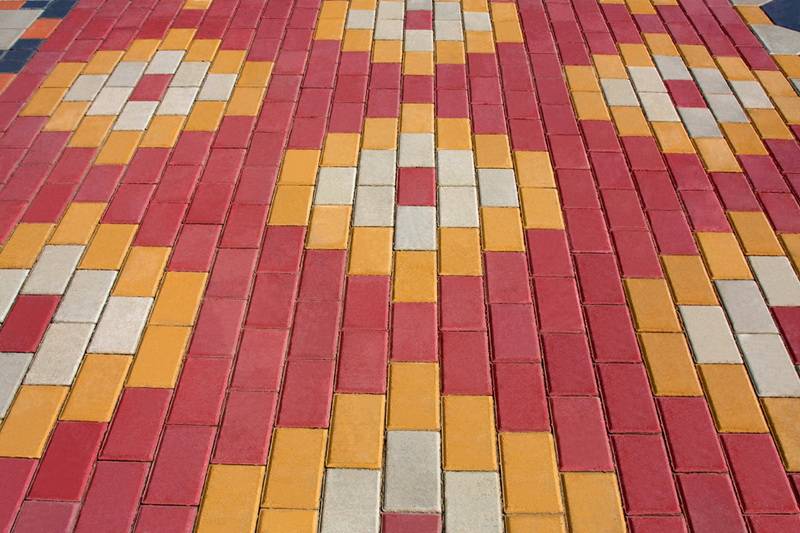
After a day, a layer of river sand 2-3 cm thick in a compacted state is laid and leveled on a layer of crushed stone and abundantly wetted with water. Sand should be poured in such a way that the paving slabs, after laying, rise about 1 cm above the base. Next, a reinforcing mesh must be laid on the sandy layer for leveling and covered with a dry cement-sand mixture 1-2 cm thick. The mixture is evenly distributed over the entire area with a rake, and then leveled with a metal profile, then this layer is also moistened.

